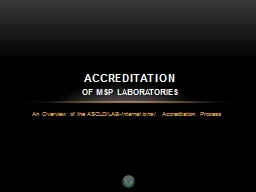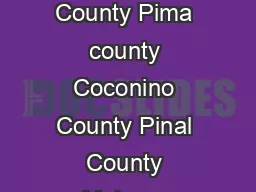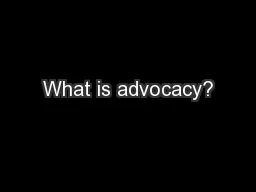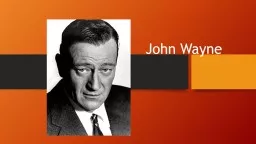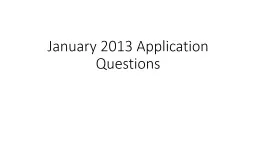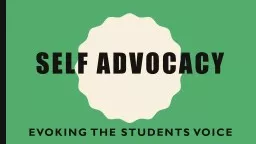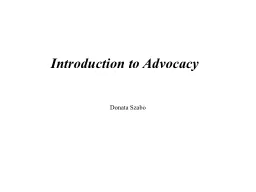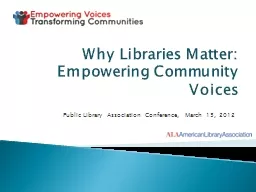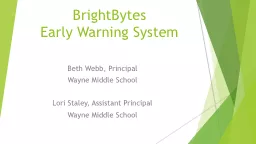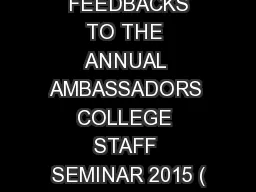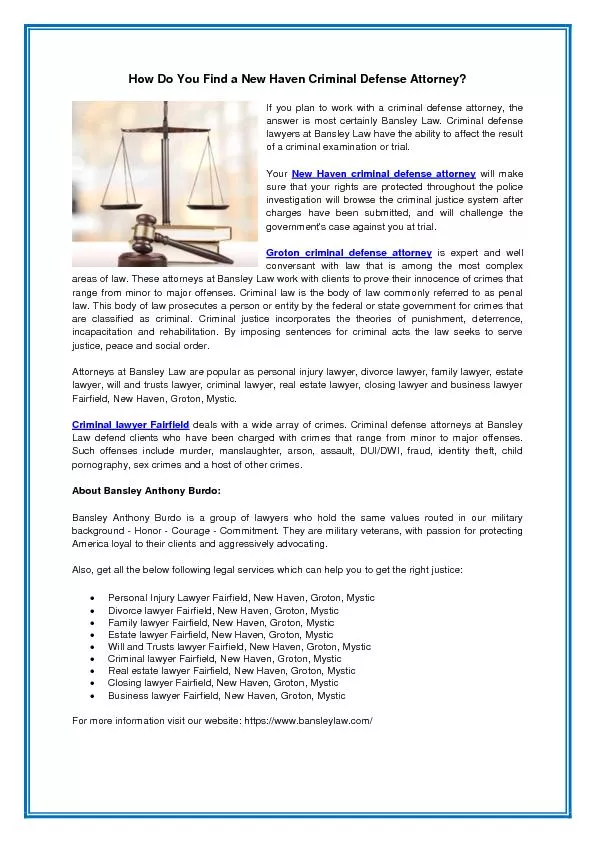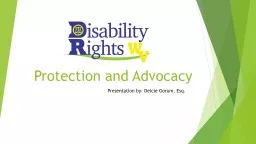PPT- Wayne County Criminal Advocacy Program Seminar
Author : mitsue-stanley | Published Date : 2020-04-06
October 23 2015 Coleman A Young Municipal Center Detroit MI Capt Greg Michaud Michigan State Police Forensic Science Division A PROUD tradition of SERVICE through
Presentation Embed Code
Download Presentation
Download Presentation The PPT/PDF document " Wayne County Criminal Advocacy Progr..." is the property of its rightful owner. Permission is granted to download and print the materials on this website for personal, non-commercial use only, and to display it on your personal computer provided you do not modify the materials and that you retain all copyright notices contained in the materials. By downloading content from our website, you accept the terms of this agreement.
Wayne County Criminal Advocacy Program Seminar: Transcript
Download Rules Of Document
" Wayne County Criminal Advocacy Program Seminar"The content belongs to its owner. You may download and print it for personal use, without modification, and keep all copyright notices. By downloading, you agree to these terms.
Related Documents

